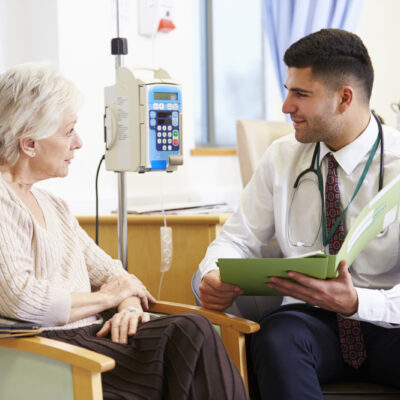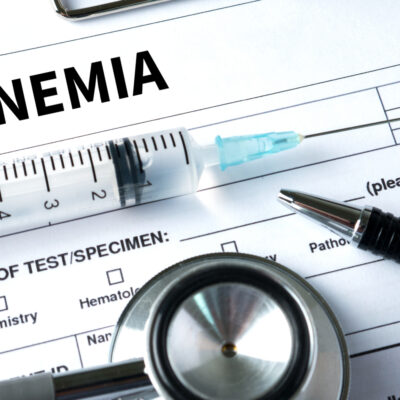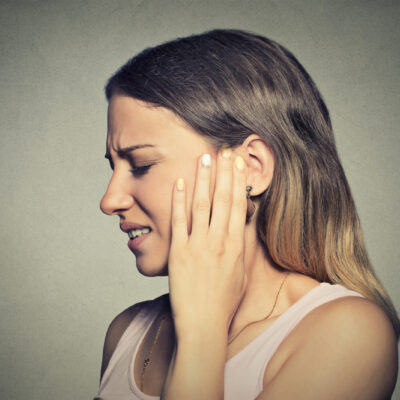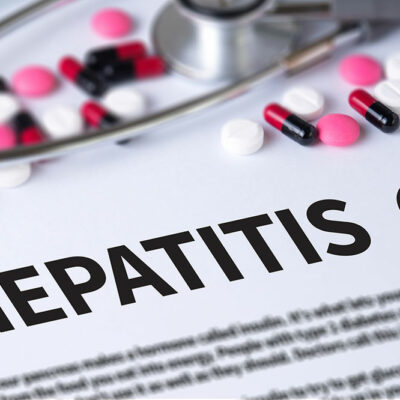
Health
6 Early Symptoms of Parkinson’s Disease
Parkinson’s disease is a progressive nervous system disorder that affects the nerves and movement. Symptoms of Parkinon’s disease often begin slowly with slight stiffness, mobility issues, and a barely noticeable tremor—with symptoms worsening over time and as the disease progresses. Although Parkinson’s disease isn’t curable, medications like Austedo and Levodopa can be prescribed by doctors to significantly improve the symptoms. Health care providers also often recommend physical therapy to help improve stiffness and mobility issues. Read on for the common early symptoms of Parkinson’s disease: 1. Stiffness, inflexibility, and cramping Early signs of Parkinson’s may include muscle stiffness, inflexibility, and cramps. This trio of symptoms is often referred to as rigidity. This can make certain tasks—like tying shoes, getting dressed, and writing more difficult. Rigidity can prevent muscles from stretching and relaxing, which can particularly affect getting up from a seated position or turning over in bed. This reduced movement in patients is characterized as bradykinesia. It may also affect automatic movements—including blinking, smiling or swinging the arms when walking. 2. Problems with your bladder or bowels Parkinson’s patients often report bladder or bowel troubles in the early stages. Signs of an overactive bladder, such as increased urgency to use the toilet and without warning, or waking to urinate frequently throughout the night, are the most common bladder symptoms of people with Parkinson’s.
Read More 















